How to help a dog who's scared of going places in the car, by expert trainer Ben Randall
A retired greyhound with an unknown past is the subject of this week's advice article from our resident dog whisperer Ben Randall.


Training a dog, whether it’s a puppy or a rescue dog who’s joined you at a later stage in life, is one thing. Helping a dog with problems from its past which are still haunting it is another matter entirely, and that’s the issue that we’re dealing with in today’s article.
The question has been posted by reader R.A., via e-mail, who writes about her dog, a retired racing greyhound. R.A. has owned several ex-racers for years so clearly understands them, but she’s having a problem with Phoebe, the latest in the line, who has been with her since the end of last year. ‘We are sure Phoebe has been ill-treated, at first she cringed every time my husband came near and appeared to expect to be hit,’ writes R.A., who adds that it took Phoebe months to come into the sitting room voluntarily.
‘After some encouragement, Phoebe she loves to come in the car – and that is where our problem starts. She refuses to get out of the car until we’re home again so nice walks on the beach or on Dartmoor are out of the question. Even a quiet walk around the village means her tail will be between her legs. Today we took her to the beach and forced her out of the car whereupon she stood with her tail almost touching her stomach and shaking visibly. Of course, we put her back in the car where she seemed happy again… Should we persist in forcing her out of the car for a walk in an unfamiliar place, in hopes that she gets comfortable with it?’
This is not an easy one. Normally in this case, I’d sit down and talk to the owner in-depth about the problem, and have a full consultation about everything that’s known about the dog’s life. Even then, of course, there are no guarantees with rescue dogs that you’ll ever know what happened in past, so you’ll often be slightly in the dark.
But as an educated guess I imagine the dog would have been put in a transportation crate inside a vehicle, driven round the country to tracks, then taken out, raced and put back in. Now greyhounds can be quite sensitive, and things can be rough for racing dogs: maybe their crate fell over in the van, maybe it got into a fight with another dog, or maybe the dog was ill-treated by a trainer who wasn’t happy at how it had raced. Either way, it seems clear there has been an incident that’s given the dog a negative mindset about getting in the car and going somewhere else.
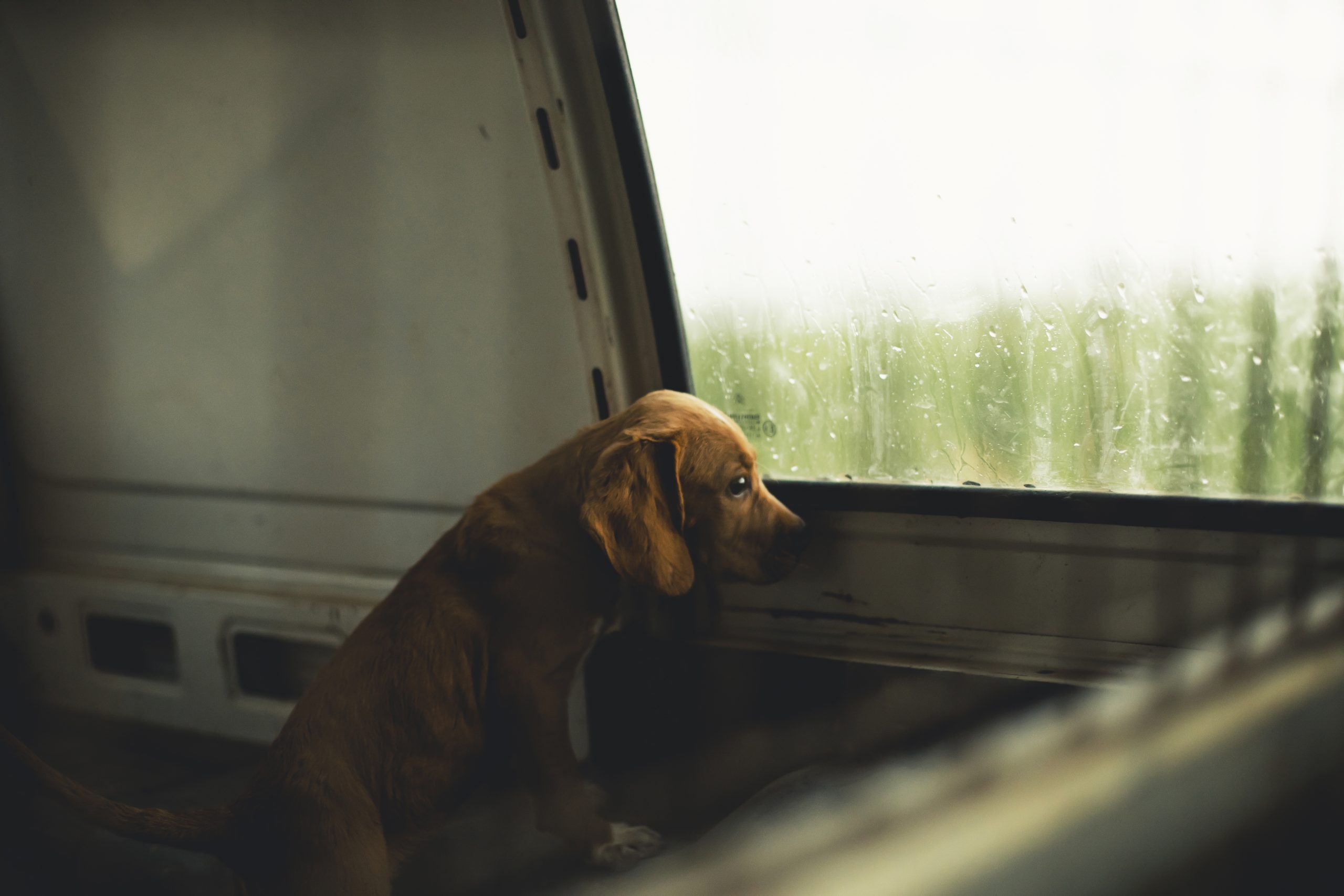
R.A. has clearly done well to get Phoebe happily into the car, but for the benefit of those with similar problems, I’m going to start from getting the dog being happy about getting in the car.
Above all, though, there is one key rule: don’t let the dog get stressed. Remember that what you’re doing isn’t looking for a way to get the dog happy going places in the car — it’s helping your dog get over the mental block that’s created the problem in the first place. Always be ready to dial things back and return to baby steps, and you’ll be able to re-educate your dog and build the trust and partnership between you.
How to help your dog be happy about going to new places in the car
1. Make the car a happy place for your dog
First things first: make the car a positive, enjoyable place for the dog to be. I like to open the back of the car and put the dog bed they know and love from the house into the boot. But don’t even worry about putting them in the car yet: spend some time around the garden or driveway with the boot open, not asking the dog to go in. Just be around the car, feed the dog next to the car, sit on edge of the boot or on the bumper while stroking the dog, all the while making it a positive environment instead of a negative area.
Exquisite houses, the beauty of Nature, and how to get the most from your life, straight to your inbox.
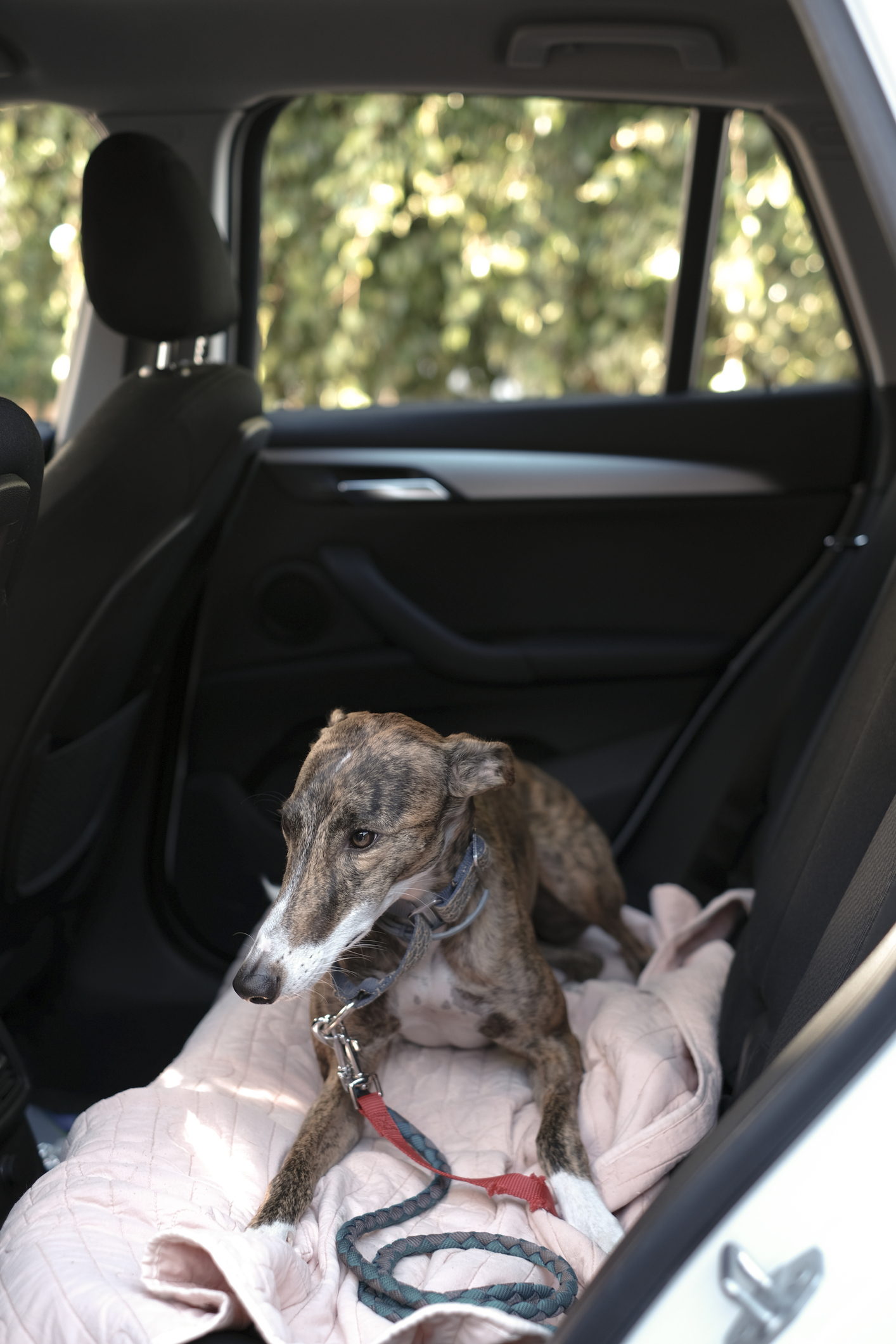
2. Feed the dog in the car
Once the dog is happy with step one and you see no negative signs, start feeding the dog in the back of the car. Once he or she is happy to do that, I’ll go a little further and close the boot and sit in the car and pop the radio on, going through messages on my phone, while dog eats and relaxes in the back. I’ll get some work done, and the dog can be there, quite happy.
3. Drive round the local area — but then come straight back home
Once your dog is happy being in the car, start driving around locally — but don’t go anywhere for now. Come back to the house, then let the dog out of the car back in the house. Once the dog is happy jumping in the car and just going for a drive, we can hopefully progress to the next step.
4. Plan your first trip somewhere peaceful — very peaceful
Once you’re ready to take the next step, drive the dog in the car and stop somewhere calm, quiet, and close to home. But for now, don’t even try to get the out: just sit in the car as before radio on, dog relaxed; and then if all is going well, open the boot and just carry on sitting there, stroking and talking to your dog, keeping him or her calm. Don’t make it a big park, or a beach where there are lots of people or other dogs around — the calmer and more serene, the better.
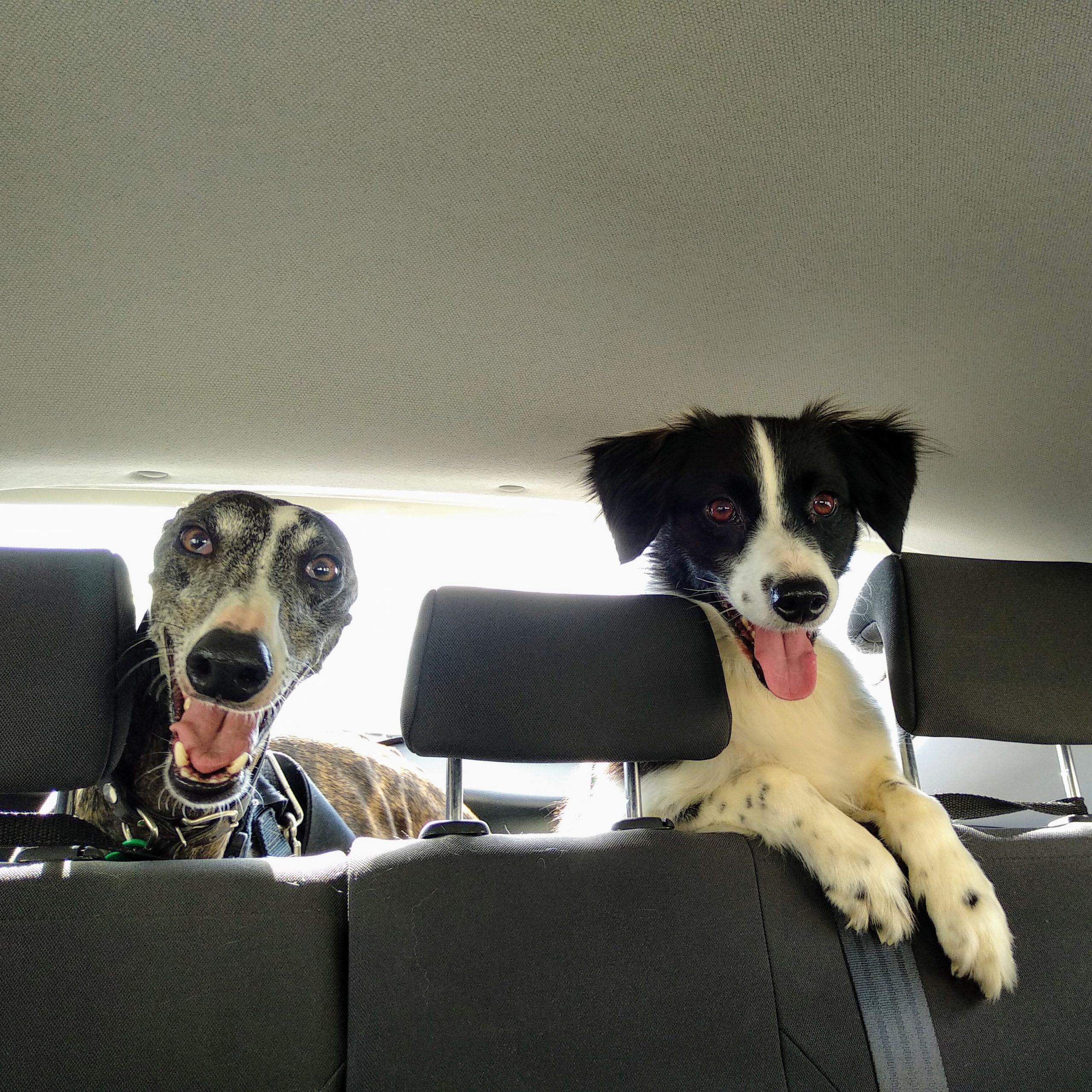
5.Give the dog a chance to come out
If all has gone to plan so far and things seem good, the next step is to walk a few yards away from the car, and try your usual dog recall routine to see if the dog will come out. If they don’t, that’s fine; you can try another day. If they do then shower them with reward with praise, cuddles and some kibble. But don’t push your luck: pop the dog back in the car after a few minutes, and return home.
6. Keep things moving forwards, bit only with baby steps
The key to solving this problem, as I’m sure you’ll have seen by now, is to break it down into small steps, and make sure your dog is comfortable with each one before you move on. Don’t solve the problem at a local beauty spot and then immediately take them to the beach, or drag them round the local town — that’s too much of a step. Go at the dog’s pace, and feel your way gently because none of this is set in stone: you’ll have to adapt to suit your dog. But keep at it, and the beautiful trusting bond between you and your dog will only get stronger as you lead them gently down this path — and as they trust you more and more deeply, they’ll know that they’ll be happy and safe following you anywhere.

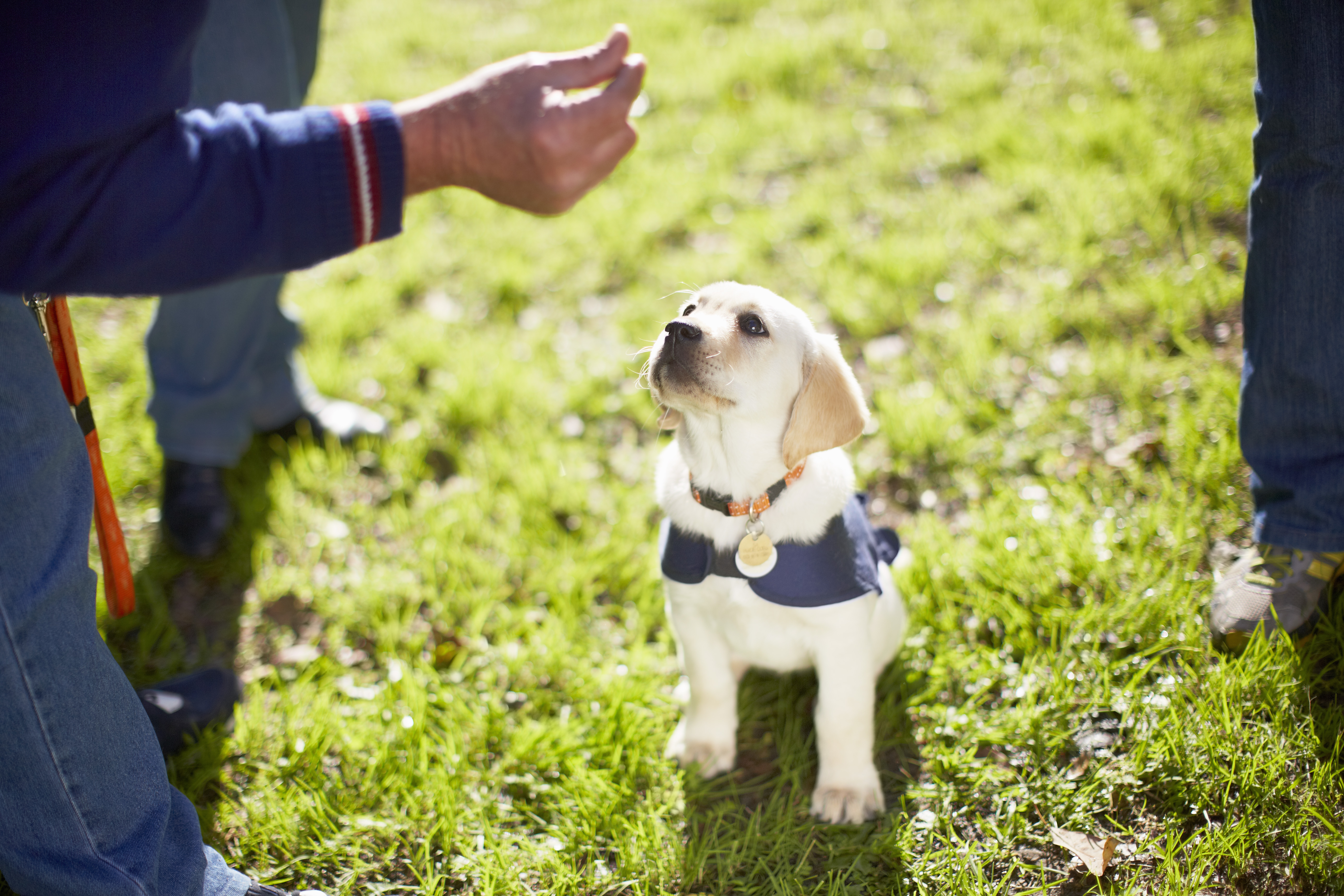
Credit: Getty Images/Westend61
How to teach a dog to sit: Five tips from leading dog trainer Ben Randall
Teaching your dog to sit is one of the most important things you can do — and it will help with

Credit: Alamy Stock Photo
How to stop a dog chasing cars: Six tips from top dog-trainer Ben Randall
Watching your dog run after traffic can be heart-stoppingly scary — but it's also a difficult habit to break. Ben Randall,
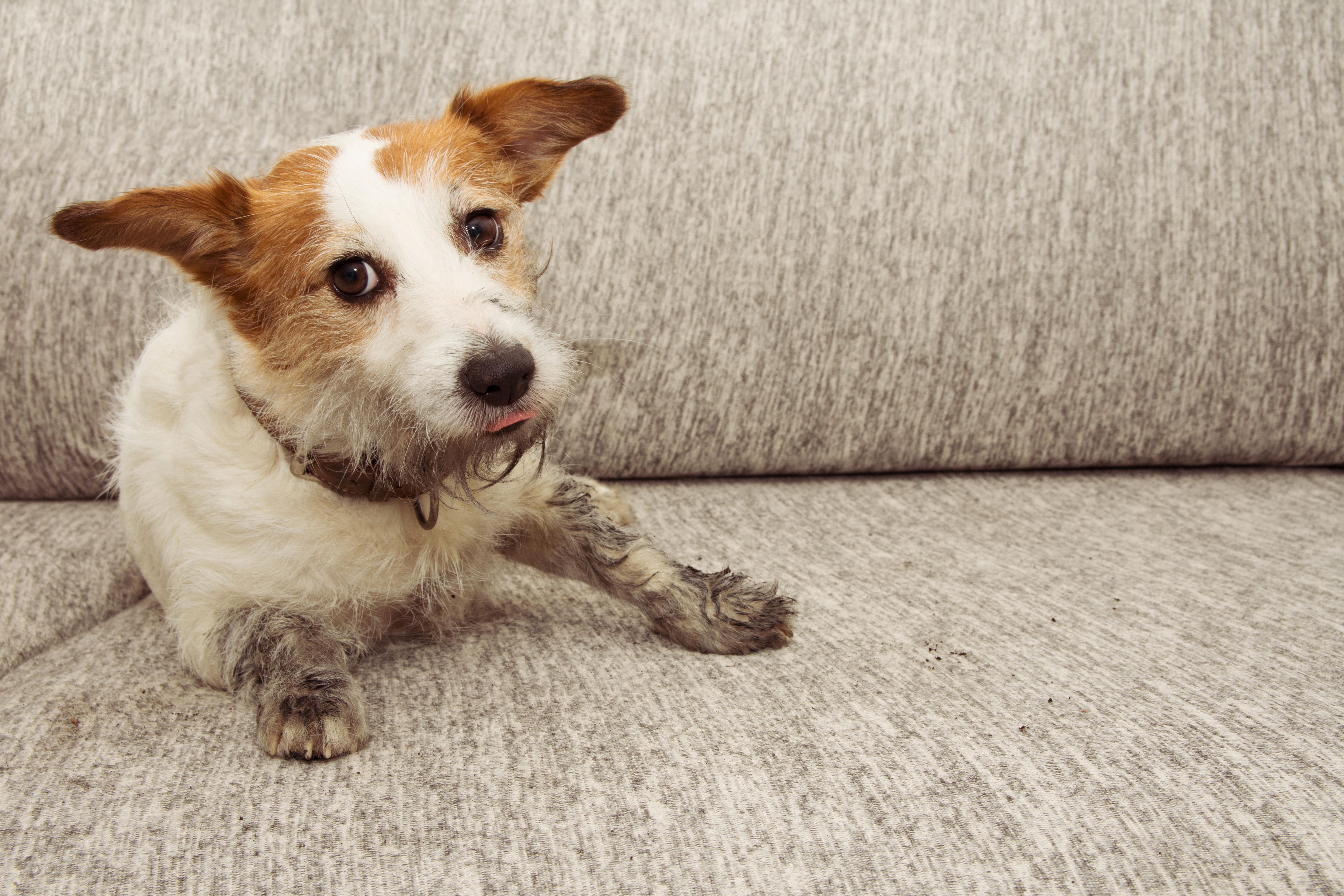
Credit: Alamy
How to keep a dog off the sofa, by top trainer Ben Randall
Fed up with Fido leaping onto the furniture — whether it's your sofa, armchair, or your bed — whenever he
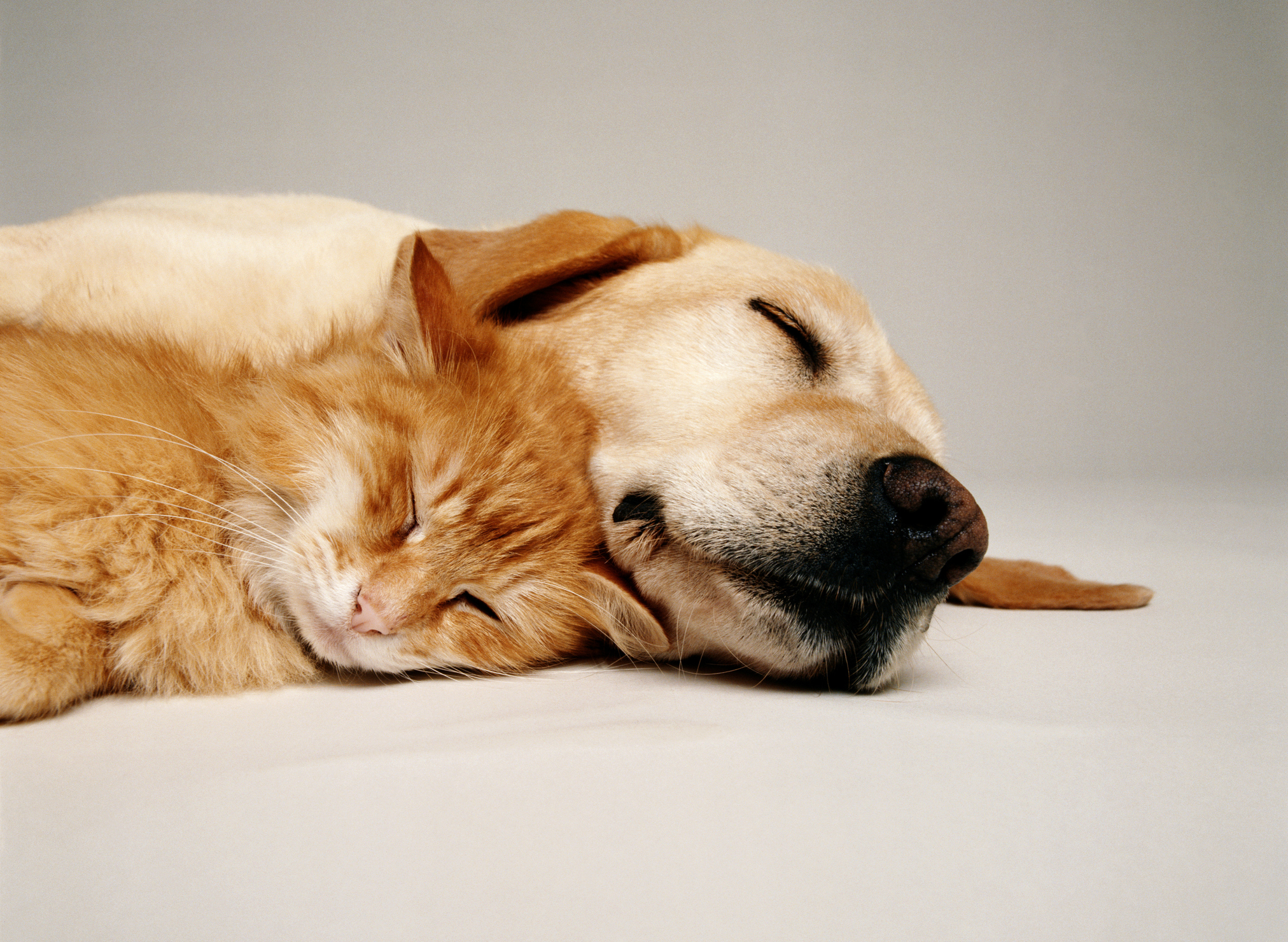
Credit: Getty
How to introduce a puppy to your cat, by expert dog trainer Ben Randall
Introducing a dog to a cat can be nerve-wracking, but get it right and the two of them can get
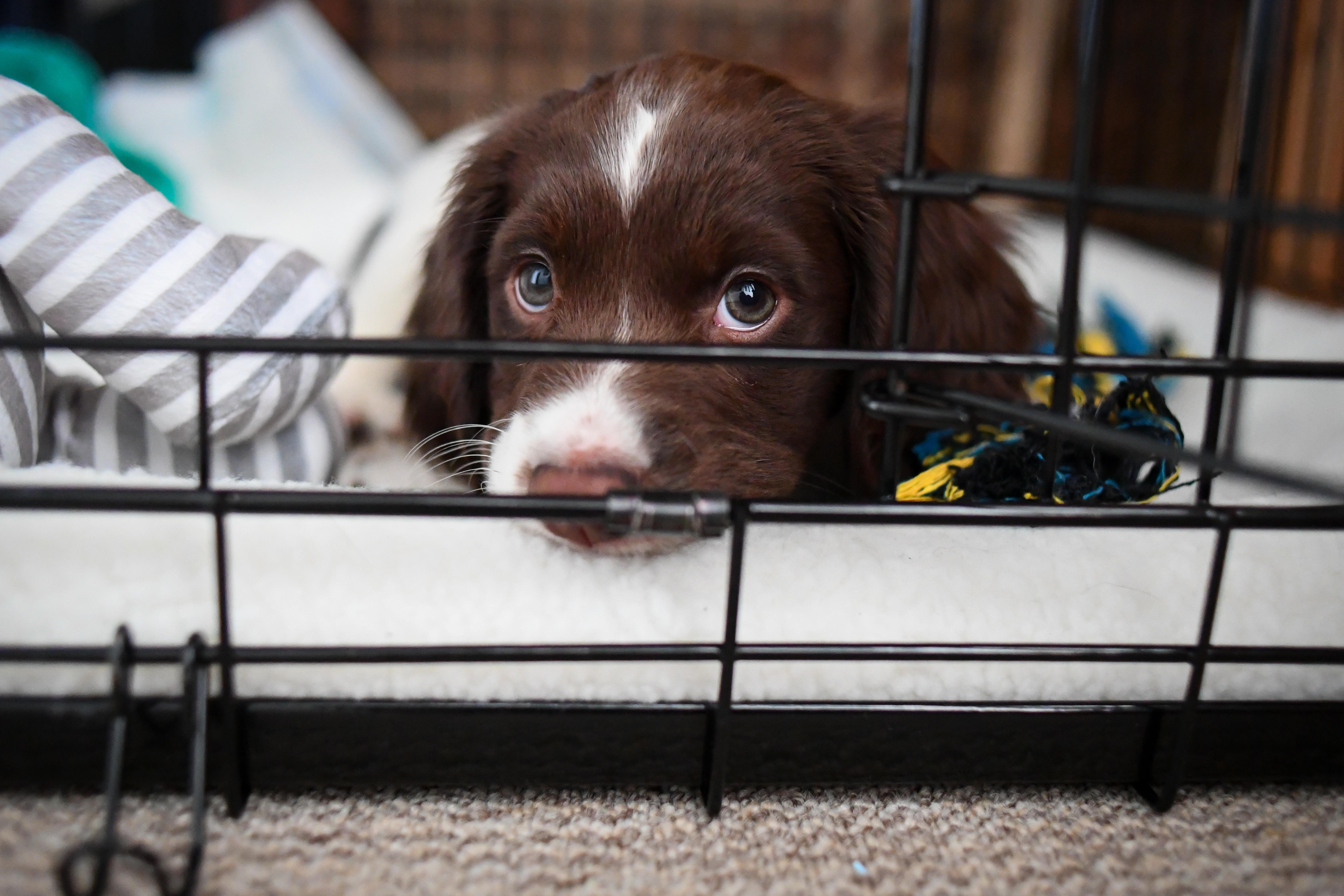
Crate training a puppy: Six tips from expert dog trainer Ben Randall
Puppy crate training can be tricky, yet it can pay dividends in all sorts of ways — even making puppy toilet
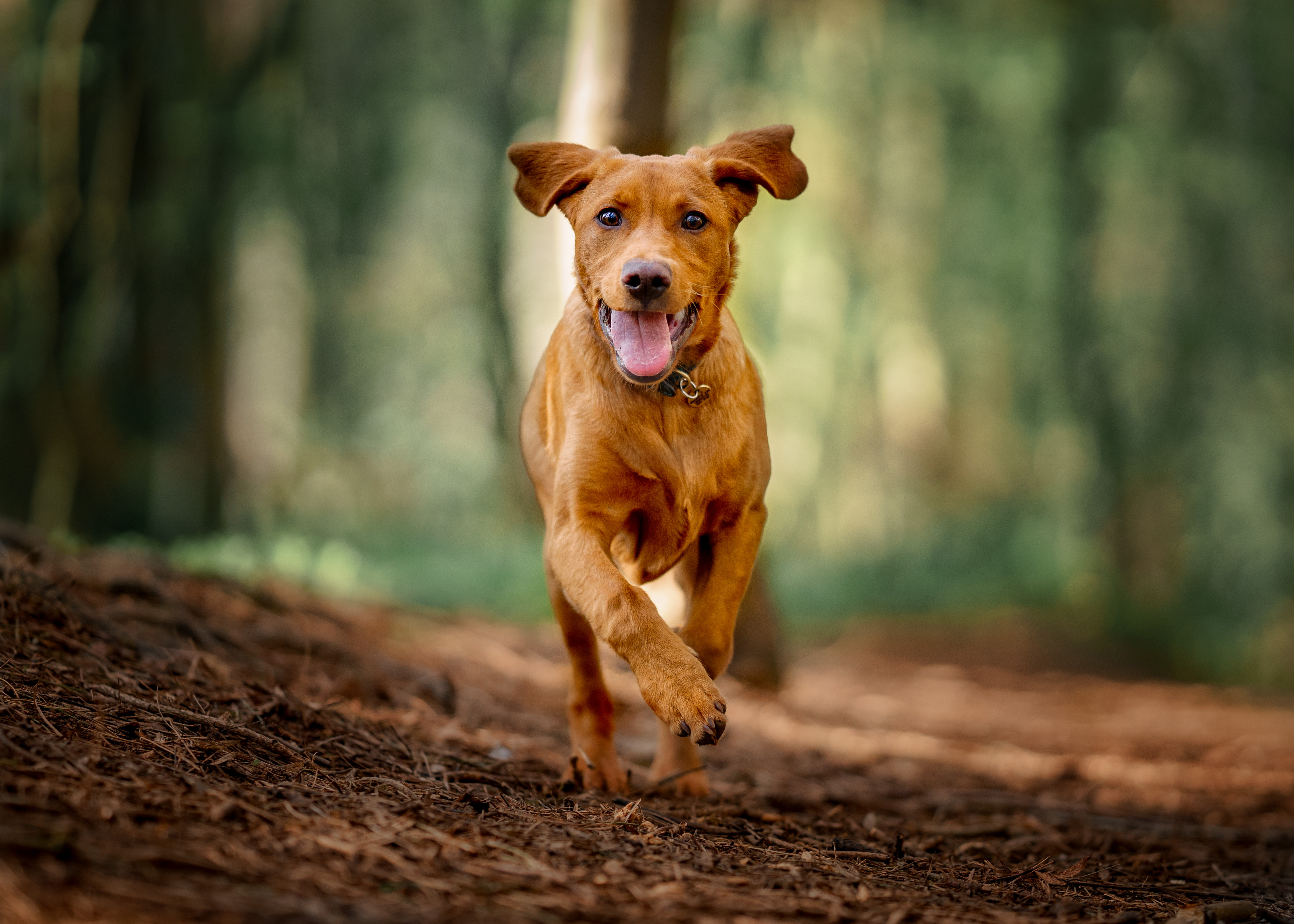
Credit: Getty Images
Dog recall training: Six tips from champion dog trainer Ben Randall
Training your dog is not easy — and with the huge recent rise in dog ownership, it's never been a better
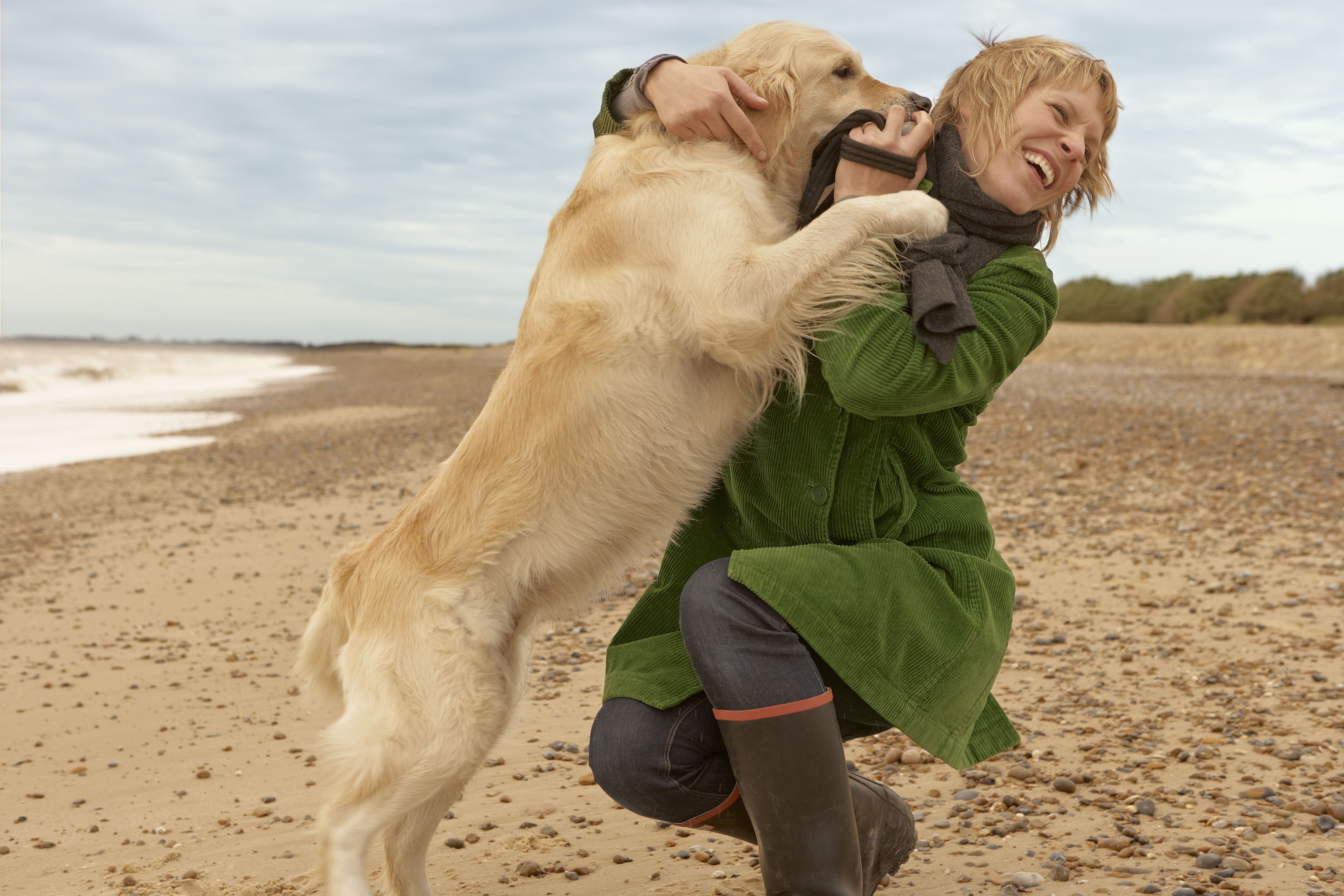
How to stop your dog jumping up, by expert trainer Ben Randall
It’s easy to dismiss our dogs’ love of jumping up on us — and other people — as friendly boisterousness,

Credit: Alamy
How to stop your puppy crying at night, by dog training expert Ben Randall
The heartbreaking whimper of a puppy calling for you will tug on the heartstrings like few other things, but you

How to stop a dog getting jealous when you're playing with someone else's pet, by expert trainer Ben Randall
Dogs are loyal, faithful and delightful partners in your life — but they're no more immune to the green eyed
